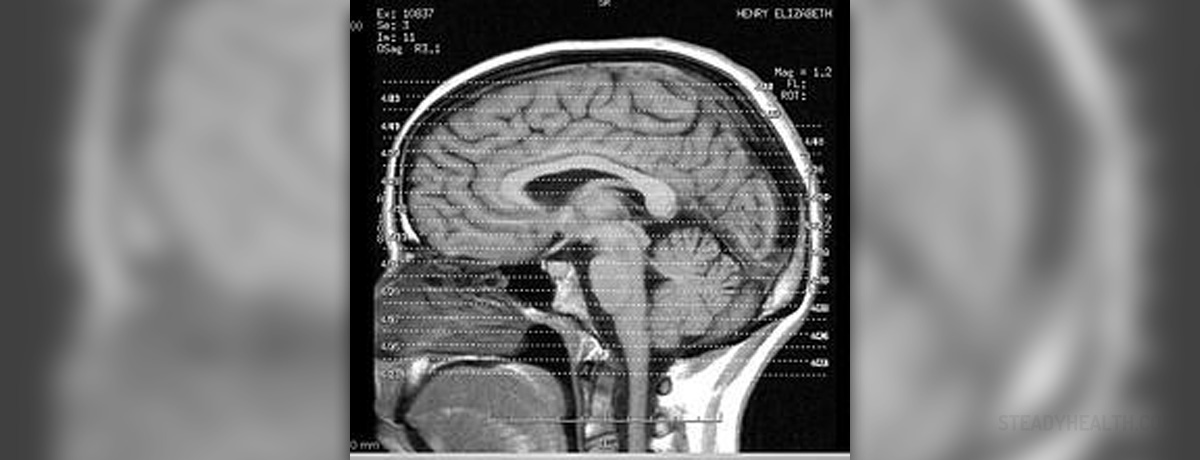
Spasmodic torticollis is a medical condition characterized by involuntary contractions of neck muscles. As a result of such contractions the head twists or turns to one side and becomes asymmetrically positioned.
The onset of the condition is not age related meaning that it affects people of all ages. The majority of patients are, however, middle-aged people. Women seem to be affected more than men. The underlying cause of spasmodic torticollis remains unknown. Only in some patients the disorder develops secondary due to some already existing conditions.
Initial Symptoms of Spasmodic Torticollis
In the beginning symptoms and signs patients commonly deal with are relatively mild. The head usually just tilts during jerky movements and gets back soon to a normal position. It is also possible for the head to remain in the abnormal position for a certain period of time. Involuntary contractions and muscle spasms tend to become more intense and last for much longer than they used to in the beginning.
Most patients report that their symptoms become worse when they start walking or are under too much pressure and stress. Examination of patients reveals muscle hypertrophy. These individuals sometimes complain about pain in the area. Dysarthria and tremor may occur as well.
All in all, the head may move towards the chin, the ear moves towards the shoulder, the chin may move straight up or down. There are many more directions of head movements and positions these patients hold during involuntary neck muscle contractions.
The Severity of Spasmodic Torticollis
The disorder may range in severity. Basically it is much worse if there are some already existing conditions the patient is suffering from, especially if these are chronic or recurrent.
Spasmodic torticollis can be easily classified into primary and secondary. There are several more classifications apart from the one that is based on causes of the disorder. Namely, spasmodic torticollis can be additionally classified according to the age of onset as well as direction/rotation of head movement.
Primary spasmodic torticollis is idiopathic, meaning that there is no identifiable cause of the disease. Such patients only have to deal with dystonic movement and tremor that occurs from time to time. This form of the disease is mostly inherited. Certain studies have shown that specific genetic changes may trigger this type of torticollis. Secondary form of the disease develops due to the already existing medical conditions. Some of these include perinatal cerebral injury and kernicterus (both affecting babies), cerebrovascular diseases, brain tumors, infectious encephalopathies and central pontine myelinolysis. Sometimes intake of certain drugs, exposure to toxins or excess of certain metabolites may trigger spasmodic torticollis.Several Treatments for Spasmodic Torticollis
Although there are several available treatments, spasmodic torticollis seems to respond the best when botulinum toxin is injected directly into the affected muscles. However, some patients may need to try all the treatments until they find the most suitable and efficient one or they benefit only when few of the treatments are combined.
As for oral medications, the most commonly prescribed ones are dopamine blocking agents. Scientists believe that involuntary contractions actually develop as a consequence of dopamine imbalance in the basal ganglia. Still, these medications have several serious adverse effects, parkinsonism and tardive dyskinesia being some of them. Patients in whom the disorder is in its initial stage may benefit from anticholinergic agents. Benozdiazepines may be prescribed as well.
The aforementioned botulinum toxin is a highly efficient tool against involuntary muscle contractions. This is the reason why the injections of this toxin are commonly prescribed to patients suffering from spasmodic torticollis. Still, there is possibility that certain number of patients will become resistant to botulinum toxin type A. Fortunately, there is replacement and they then receive botulinum toxin type B. Common side effects of these injections are pain at the injections site, fatigue, dry mouth and dysphagia. Additionally, large percentage of treated patients experience weakness of the adjacent muscles.
Another treatment approach is deep brain stimulation. This is an invasive treatment currently used only in clinical trials, during which patients undergo stimulation of certain parts of the brain. Electrodes are inserted during surgery and after that the doctor determines how often and with what extent should specific parts of the brain be stimulated. This approach is relatively safe with only a few side effects. The majority of patients complain about headaches. Infections are rare and occur only in 4.4% of all patients. Other less frequent adverse effects include cognitive dysfunction, seizures, intracerebral/intraventricular bleeding and formation of large subdural hematomas.
Relevant Data
According to the available data in 2007 spasmodic torticollis affected 390 per 100,000 individuals in the United States. The incidence rate varies among countries. Women are affected 1.5. times more than men. 25% of patients have family members who are not confirmed with the disease but are actually suffering from spasmodic torticollis. Finally, it is also common not to diagnose the condition immediately but many years after the onset.



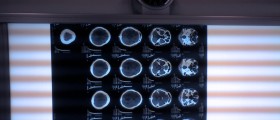
_f_280x120.jpg)



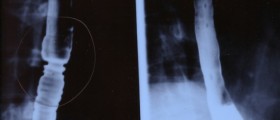
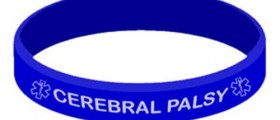
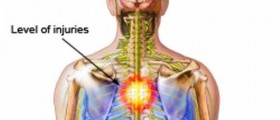






Your thoughts on this
Loading...